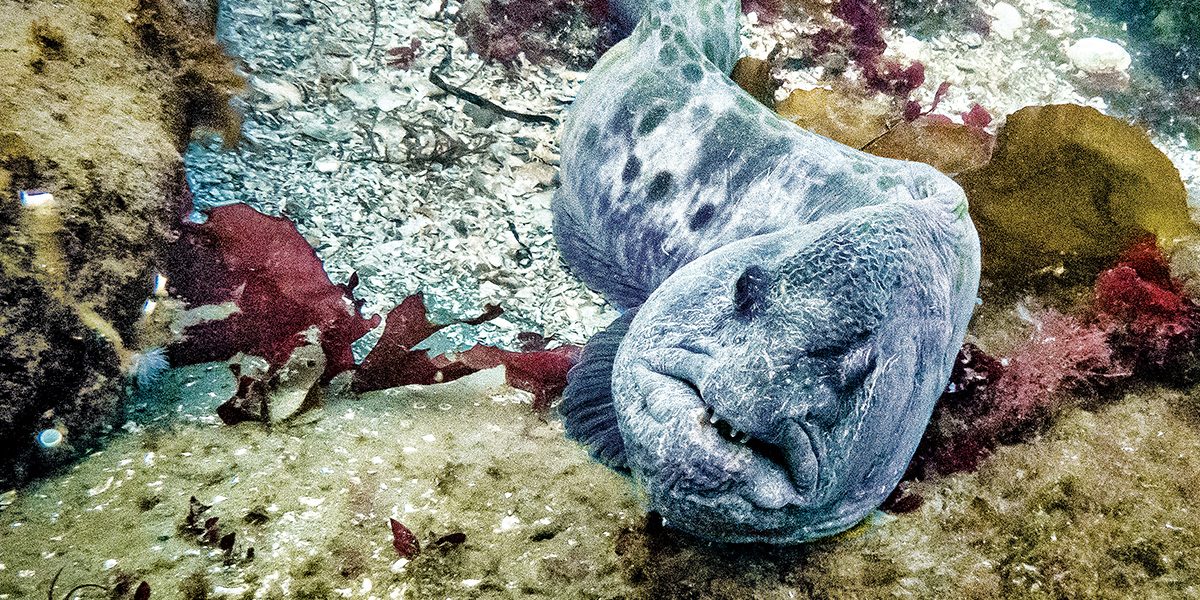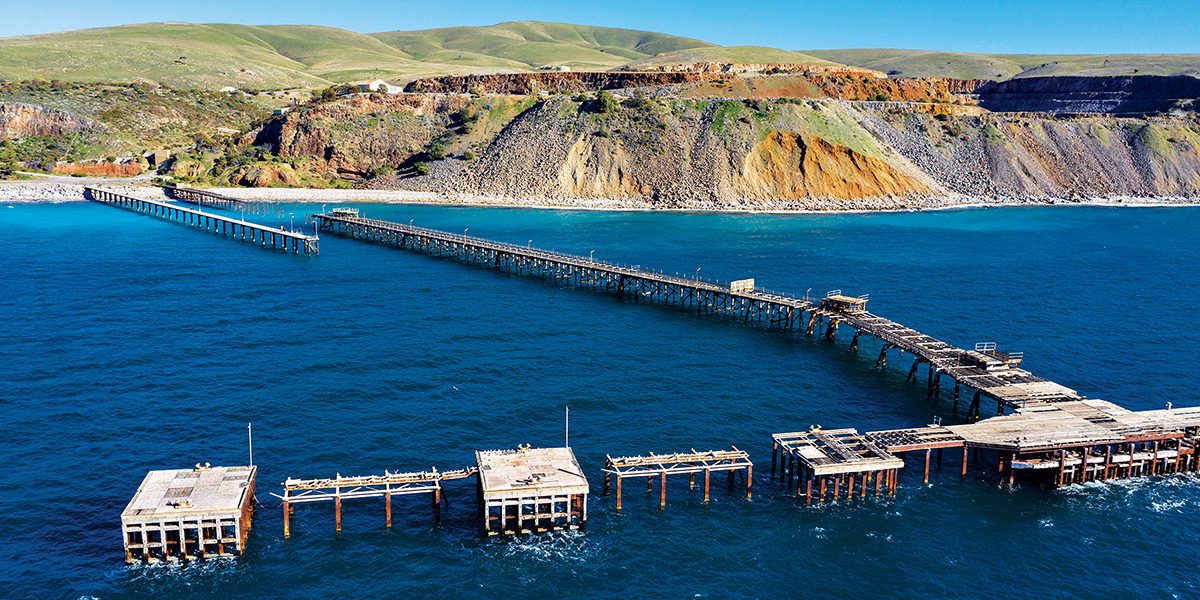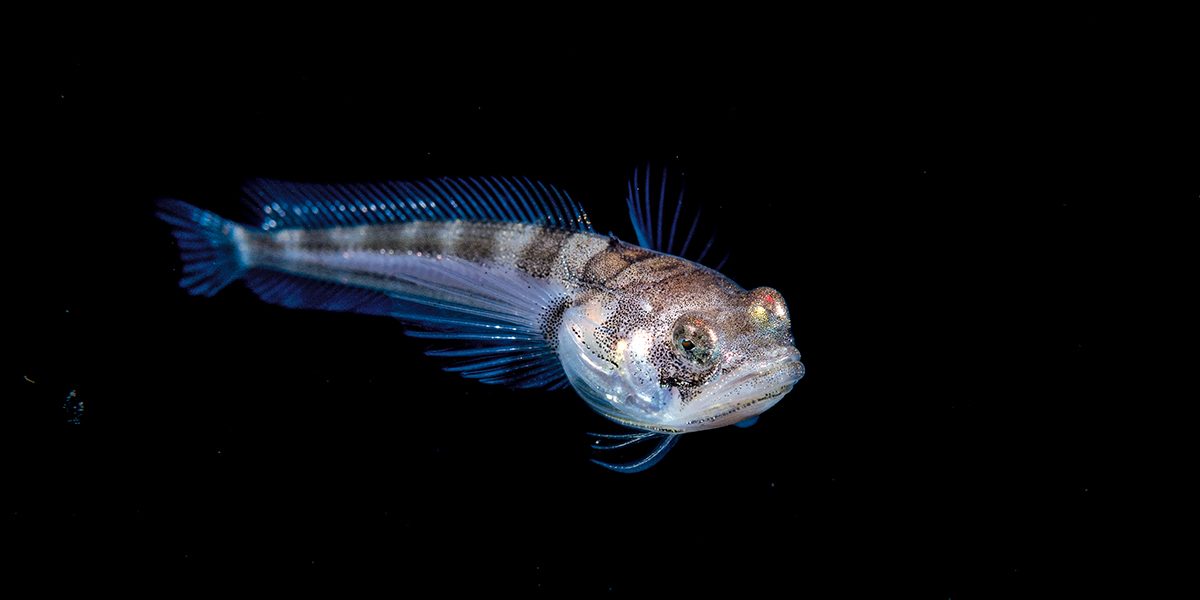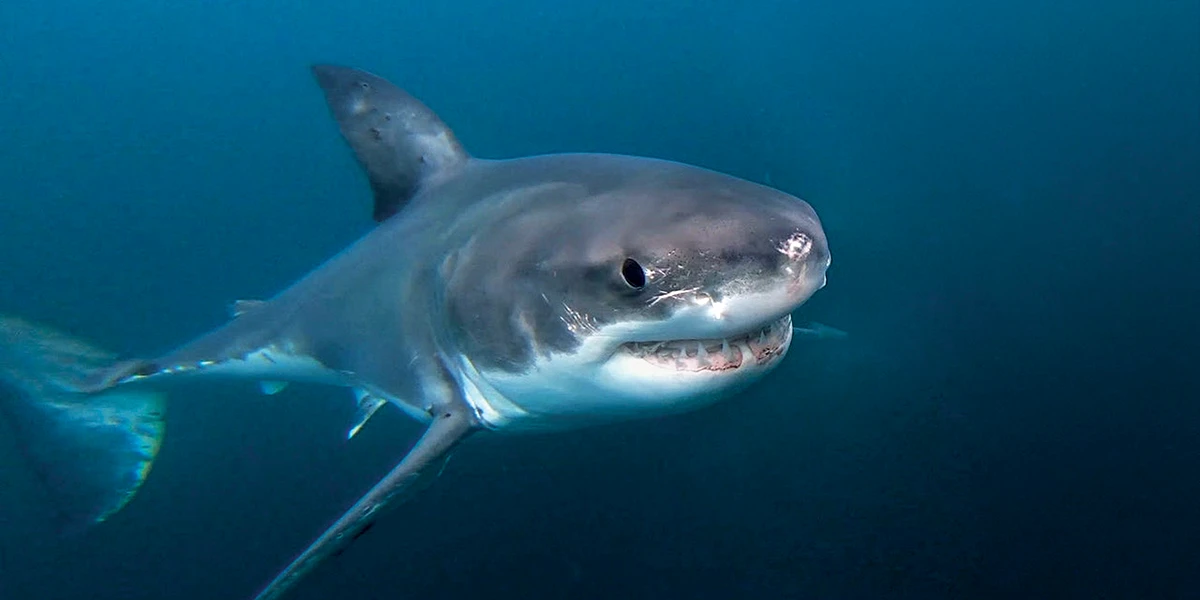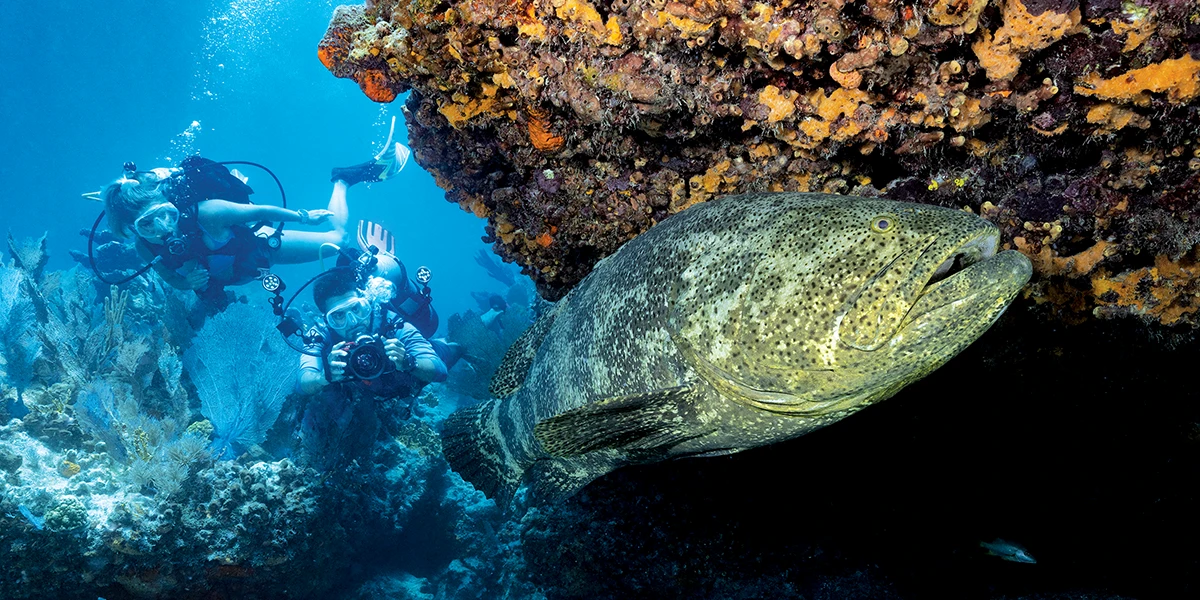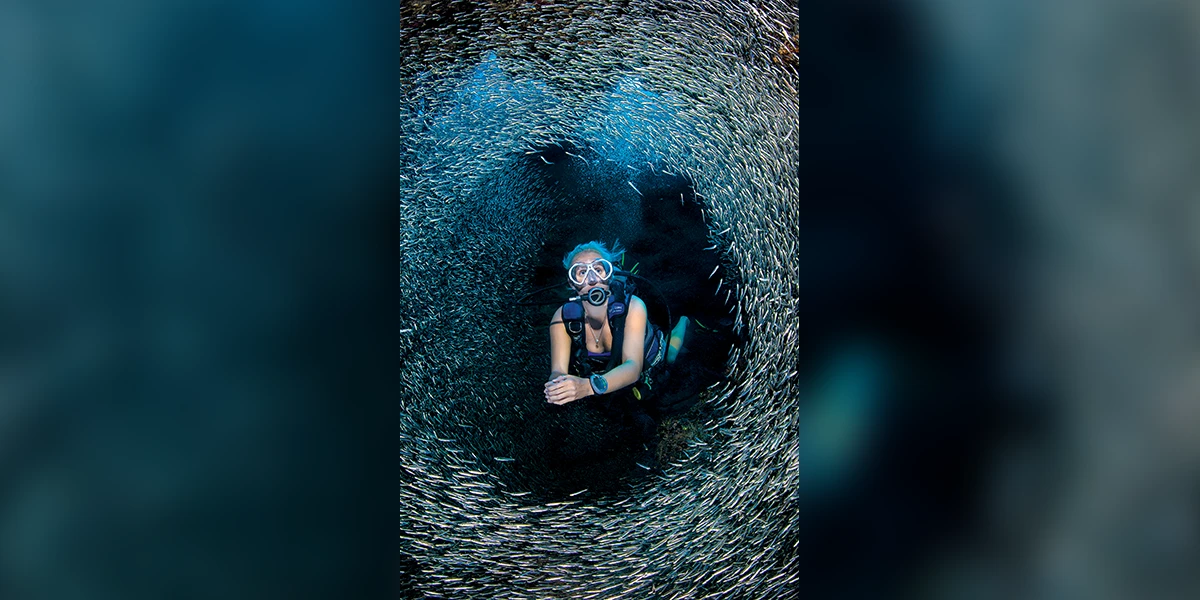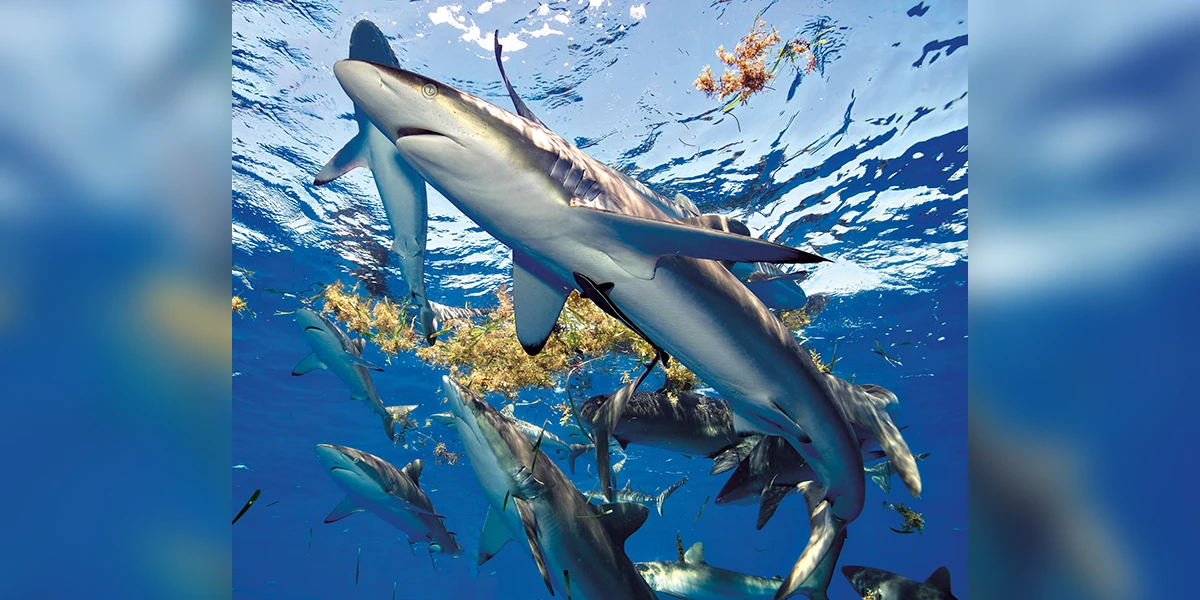ASK DIVERS IN THE PACIFIC NORTHWEST what makes for a great dive, and most will agree that a wolf-eel (Anarrhichthys ocellatus) is involved. There is something about the face of an adult wolf-eel staring at you from its den that turns an ordinary dive into a great one. The specific conditions don’t matter. Cold temperatures, terrible visibility, or strong currents are easy to forget when a wolfie — as we call them locally — appears.
It is early June, the onset of winter in the Southern Hemisphere, and an army has just reached its destination. It has marched from the ocean’s depths into the shallows, amassing among the pilings at Blairgowrie Pier in Port Phillip Bay, south of Melbourne, Australia.
As I drove west past Port Alberni on Vancouver Island, British Columbia, on my way to a photo shoot, I watched in disbelief as the temperature gauge in my vehicle rose from 64°F (18°C) to 113°F (45°C). I thought something was wrong with my gauge, but a local radio station reported the same temperature. British Columbia had record-high temperatures throughout the province that week in June 2021.
When you think of a billfish, what comes to mind? Perhaps it’s a swordfish, a sailfish, or even the giant marlin from Ernest Hemingway’s classic The Old Man and the Sea. It can be confusing because 12 species are collectively known as billfish: one swordfish, four spearfish, two sailfish, and five marlins.
Ses pattes se déplacent rapidement alors qu'elle se fraye un chemin sur le sable vers un grand récif de corail. C’est une décision audacieuse et risquée, car les étendues de sable entre les formations coralliennes sont remplies de prédateurs prêts à profiter d’une langouste solitaire.
In November 2021 I was diving on the HMHS Letitia shipwreck in Halifax Harbour, Nova Scotia, one of Canada’s Maritime provinces. The British hospital ship, which lies near a gray seal colony, ran aground and sank in 1917 while returning from Liverpool, England, with wounded Canadian soldiers.
Notre groupe de six chercheurs a effectué une entrée en bascule arrière depuis le bateau près de Jupiter, en Floride, et entamé la descente vers le fond sablonneux, à près de 24 mètres (80 pieds) de profondeur. Lorsque l’épave est apparue, notre équipe s’est mise en formation pour commencer notre mission : repérer des mérous goliath.
Les poissons m’enveloppent complètement. Leurs minuscules corps argentés scintillent dans la pénombre tandis que je flotte, suspendu au centre d’une sphère d’eau claire et tiède. J’ai l’impression d’être à l’intérieur d’une boule à facettes.
Sharks are among the ocean’s oldest survivors. They have cruised through Earth’s seas for more than 450 million years — long before the first trees grew or Saturn formed its rings.
